Top 10 Kitchen Garden Herbs to Grow for Cooking
Updated: Nov. 29, 2023
Looking for herbs to grow for cooking recipes? Planted in a container or a vegetable garden, these fragrant herbs will add flavor to any meal.
Smell that? The fragrance of fresh herbs is absolutely divine. Snippets of fresh basil are mingling with pasta sauce. If you crave seductive scents like this all year long, growing fresh herbs will do the trick. Whether you’re tilling a full vegetable garden out back or tending a few small containers in your windowsill kitchen garden, you’ll find success by picking the best herbs to grow for cooking.
For growing tips, check out Andrea Bellamy’s book Sugar Snaps and Strawberries. You’ve likely tried to grow basil and oregano, but this book will inspire you to branch out. That will mean even more flavorful meals from the kitchen.
These top 10 herbs to grow for cooking are not only wonderful to sniff and taste, they’ll save you time and money when you plan menus. Best of all, many can be dried for use all year long. Look for them from our friends at Bonnie Plants. With so many herb varieties to choose from, you’ll find just the right ones to add tempting aromas to your kitchen.
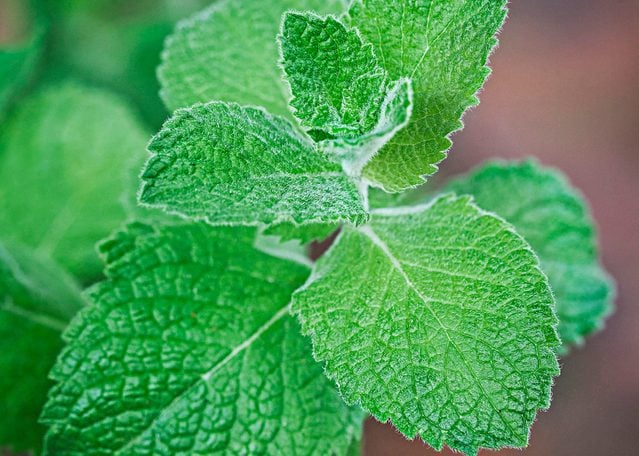
On This Page
Apple Mint
Helianthus annuus, Zones 5 to 9
One of the easiest herbs to grow, apple mint is a natural for containers or other small spaces. While you’ll enjoy the mint flavor, the unexpected fruity tones are delightful, too. Be sure to keep up with the wandering ways of this herb and pick leaves frequently. With container plants, tucking stray mint back into the pot will help control growth.
Tastes great in: Two things to try: Add crushed leaves to ice water for a refreshing summer drink, or steep in hot water for tea.
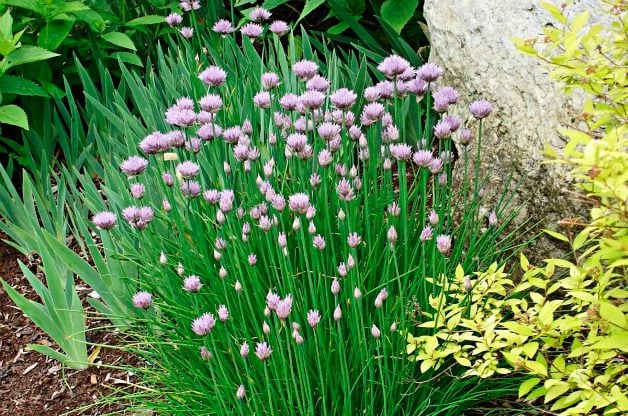
Chives
Allium spp. , Zones 3 to 9
Versatile chives impart a subtle oniony flavor to food. Deadhead or grow in containers to keep these plants in check. With their mauve flowers, chives are pretty as edging plants for beds and filler plants for containers. Harvest from spring through fall. Learn how to grow, harvest and use chives.
Tastes great in: Try adding chives to all kinds of vegetables; just sauté in oil along with some garlic for a tasty side dish. Or impress your guests by adding chive flowers to a salad.
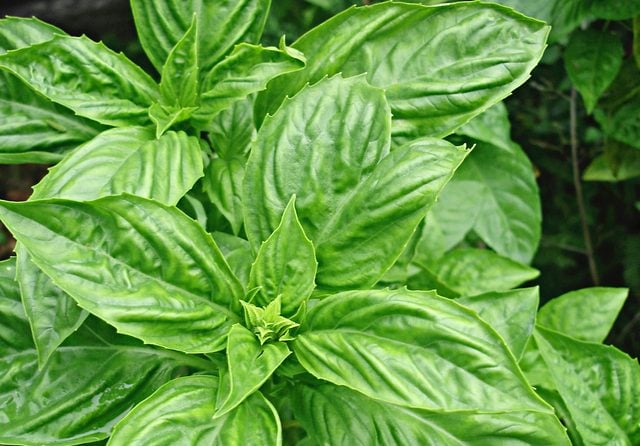
Basil
Ocimum spp., annual
The spicy-sweet flavor and aroma of basil have made it one of the top herbs to grow. Harvest often. Pinch off the tips of the stems to a fresh set of leaves. Make sure you do this regularly for best growth. A favorite in Asian and Italian cooking, basil grows marvelously in containers. Basil seeds can begin indoors 4 to 6 weeks before the last frost. At the end of the season, freeze or dry what’s left. Discover mistakes you may be making with fresh basil.
Tastes great in: While basil is delicious in almost any Italian dish, don’t be afraid to take another approach. For a simple vinaigrette or marinade, heat white wine vinegar and pour over fresh basil. After 24 hours, strain and discard leaves.
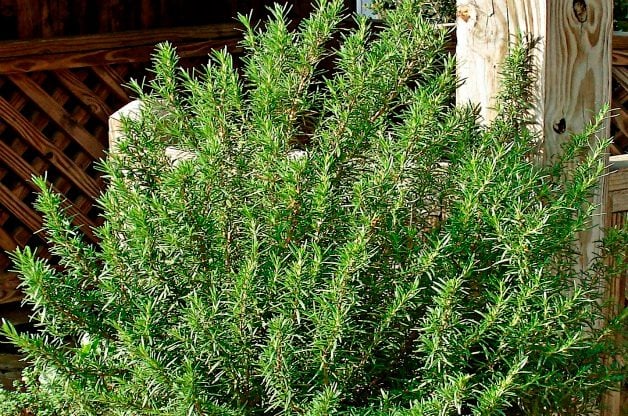
Rosemary
Rosmarinus officinalis, Zones 8 to 11
Rosemary is a Mediterranean herb that needs full sun and well-drained soil. It’s hard to replicate these conditions indoors but I’ve had success by supplementing with a grow light. I don’t overwater, but I do mist daily (keep a decorative hand sprayer on the windowsill as a reminder). For container planting, use pots at least 8 inches deep. In cool climates, overwinter rosemary indoors, but keep an eye out for powdery mildew. If you’re looking for an edible yet substantial shrub, rosemary will fit your yard beautifully. In milder regions, you can even trim it as hedge.
Tastes great in: Add rosemary to any poultry dish and you’ll have a crowd-pleaser. Use the edible flowers in salads, herb butters and cream cheese spreads.
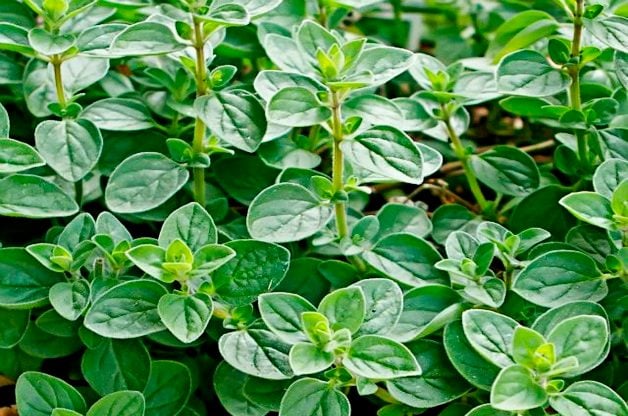
Oregano
Origanum spp., Zones 5 to 10
Oregano is a sun lover and offers the best harvest when given plenty of light. In spring and summer, a bright south-facing window should provide enough light. In autumn and winter, add a grow light. Though it’s similar to marjoram, frost-tolerant oregano is a safer choice for cold climates. Drying oregano increases its flavor. Simply cut whole stems, hang them in a cool, dry place, and voilà—a lovely herb to sprinkle on pizza and much more any time.
Check out 10 perennial vegetables that grow back each year.
Tastes great in: Skip the Mediterranean restaurant tonight and make a savory omelet or frittata instead. Adding fresh oregano will provide just the right touch to inspire you to eat at home more often.
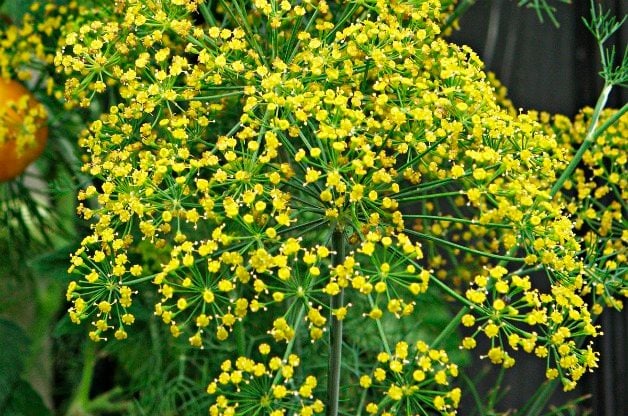
Dill
Anethum graveolens, annual
While dill grows well in the garden alongside tomatoes, sweet peppers or chilies, it needs space to flourish. Since it’s easy to grow in full sun, I’ll try planting my own this time around. I’ve been warned it likes to seed itself, so keep that in mind. Dill is also a top butterfly host plant.
Tastes great in: Calling all pickle fans! Summer is the perfect time to make your own fresh, delicious dills. When it’s warm out, I could polish off a jar of these crunchy treats pretty quickly all by myself.
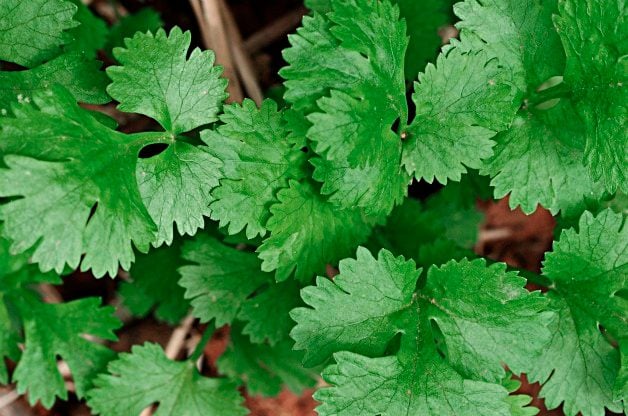
Cilantro
Coriandrum sativum, annual
You may know this popular plant as coriander, a name it shares with the sweet spice made by drying the seeds. Cilantro plants, with their aromatic dark-green leaves, do well in both gardens and containers. The tiny white flowers attract beneficial insects, so try spreading these plants throughout your garden.
Tastes great in: Cilantro leaves are a must in Mexican cooking and many Asian cuisines. Try fiesta grilled corn or cilantro potatoes for dinner tonight. Sounds good to me!
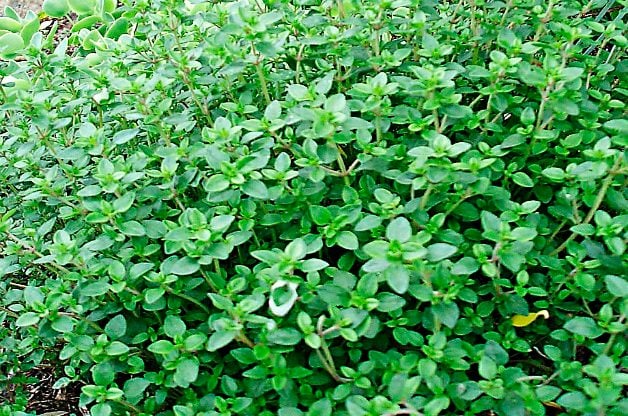
Thyme
Thymus spp., Zones 5 to 9
It’s also very easy to grow thyme on a south- or east-facing windowsill. Adorned with pretty purple, pink or white flowers, this silvery herb likes containers at least 6 inches deep. Avoid overwatering and be sure to pinch back the tips to encourage bushy growth, or simply snip entire stems at soil level. As long as you avoid overwatering, thyme will thrive in full sun and well-drained soil. For a flavor twist, plant a pot of lemon thyme.
Tastes great in: The tiny leaves of thyme add big flavor to soups, stews and marinades. Thyme is superb with sweet corn; try adding snippets to the butter before slathering it on a freshly grilled ear. I guarantee you’ll love it.
Learn how to grow a pizza garden in your backyard.
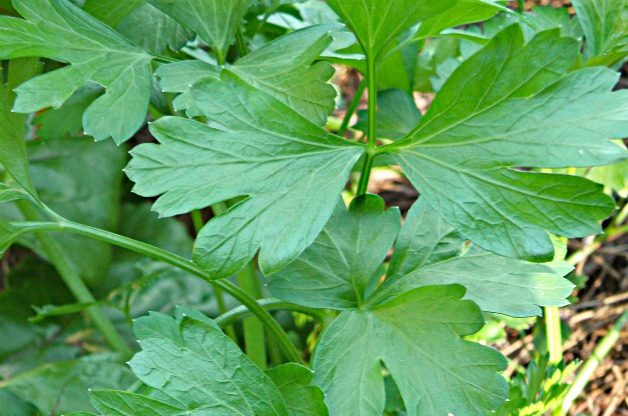
Parsley
Petroselinum crispum, annual
Let’s first distinguish between two popular parsley varieties. If cooking is your calling, flat-leafed Italian parsley has your name on it; it’s delicious in dozens of dishes. Looking for an attractive container plant or plate garnish? Curly-leafed parsley is the way to go. Both varieties are relatively easy to grow. Parsley is a great choice for a sunny windowsill where no supplemental lighting is available, as it can produce a good harvest in less light.
Tastes great in: Grab your calendar and make note of summer cookouts and tailgating parties. When a potato or veggie salad is your dish to pass, you’ll be grateful for the fresh green sprigs and leaves from your parsley plant. Parsley adds bright flavor to pastas, soups and salads. Watch for swallowtail caterpillars, too.
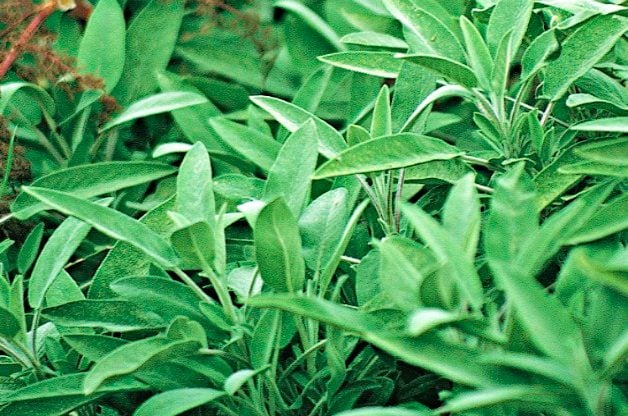
Sage
Salvia officinalis, Zones 5 to 9
Here’s a champion herb to grow if you ever saw one, a species that works equally well in borders, beds and containers. The gray-green, chartreuse or dusky-purple foliage is an eye-catching accent to any planting. After four years, the plant becomes woody and may need to be replaced. It’s easy: Just take a cutting and start a new plant.
Tastes great in: While many of us add sage to turkey or chicken stuffing around the holidays, it’s also an enchanting addition to couscous, quinoa and other grains.
Grow Pineapple sage for cool-season pollinators.
Sources:
- Sugar Snaps and Strawberries by Andrea Bellamy
- Bonnie Plants
